Design notes:
I selected a mushroom design for a few reasons.
Firstly, ease of installation. The only tool required will be a drill with the appropriate sized bit. Make a hole, add some water-proofing, and press it in.
Second, the shape of the area under the dome provides a good place to put the sealant (silicone, caulk, tar, ... whatever is on hand) to help rain-proof it the hole you put in the roof. For corrugated metal roofing, always drill into a peak, not the trough. Unless you want to water an indoor plant when it rains.
Lastly, if the size is scaled up, so will the weight. Especially if made of glass. The mushroom shape will allow gravity to hold it in place. Whereas if installed upside down, gravity would try to uninstall it for you.


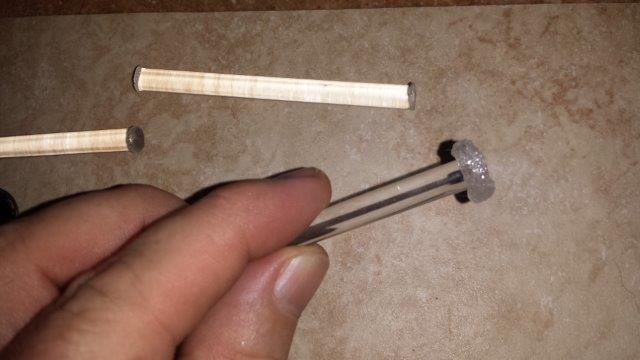
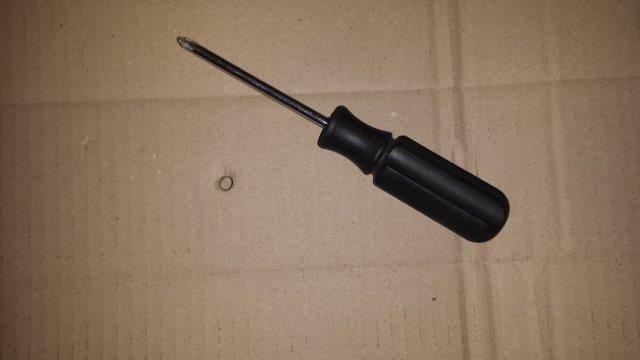
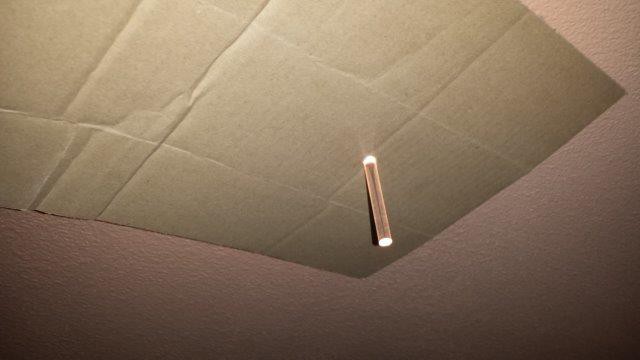
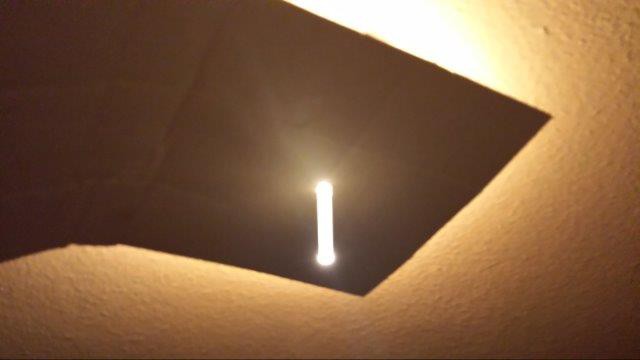

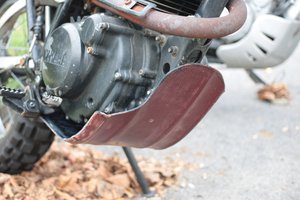
 David Troetschel
David Troetschel
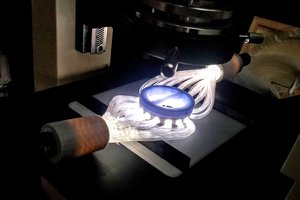
 Zachary Marlow
Zachary Marlow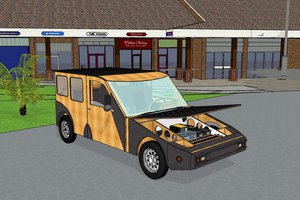
 Joel Fairstein
Joel Fairstein
http://www.gizmag.com/pop-bottles-provide-light/19829/